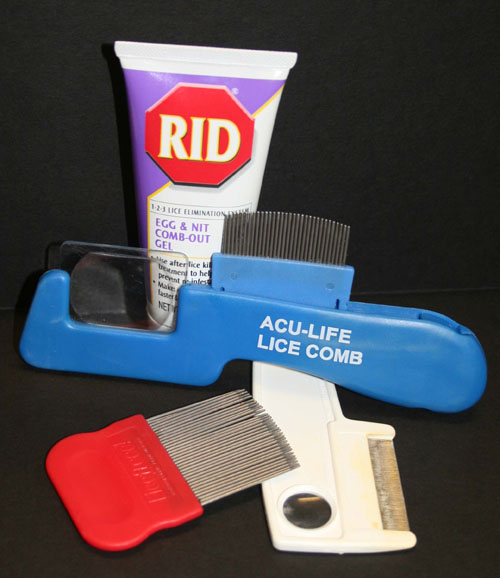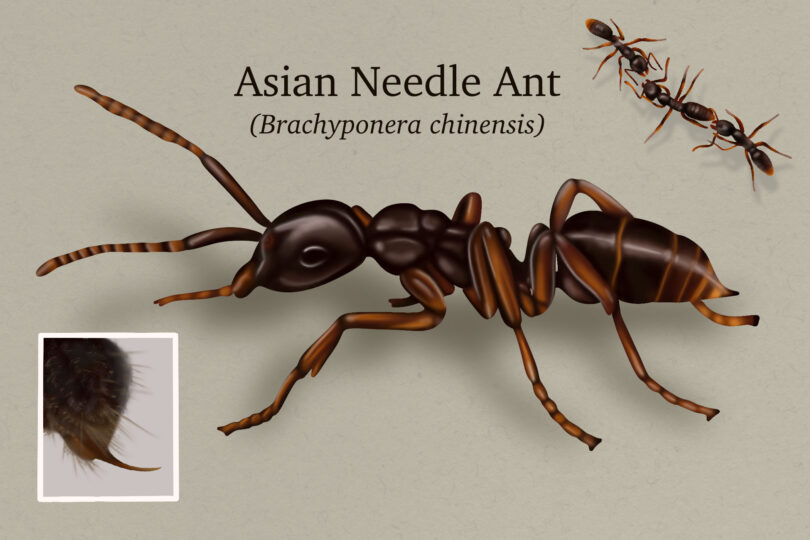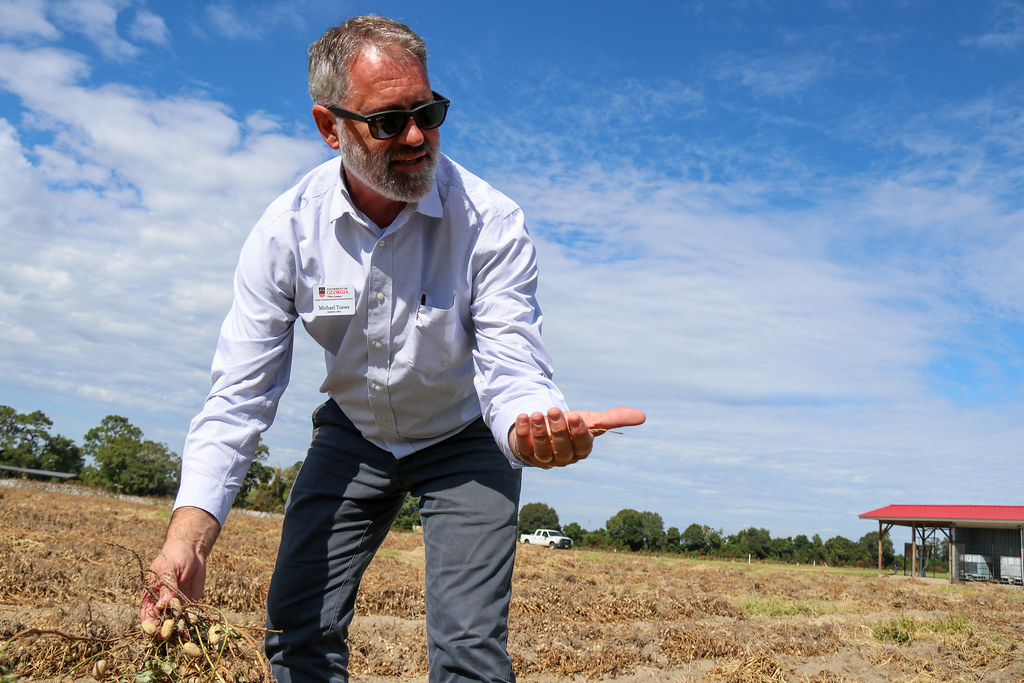Drop the chemicals and grab the metal comb: A little elbow grease is the best way to get rid of head lice, says University of Georgia insect expert Paul Guillebeau.
Whether a child picks up head lice from school, a friend or a family member, the key to controlling and eliminating the pest’s population is with a metal comb and consistent brushing. Chemicals are available, but some head lice populations have built up resistance to ingredients – like permethrin and pyrethrin – commonly found in head lice shampoo.
“The best organic method by far is combing head lice out with a lice comb,” said Guillebeau, who is a UGA Cooperative Extension insect pest management/pesticide coordinator. “Depending on how long and curly your child’s hair is, getting rid of lice can be easy but time consuming.”
Guillebeau’s daughter had head lice while she was in elementary school. He and his wife got rid of the lice by combing her hair every day for several days. They also used mousses and baby oil to help find the nits (the egg stage of head lice) in her hair.
Head lice are highly adapted to one host – the human body. Once they fall or are swept off a person, they only have a few hours to live unless they find another person’s head to call home.
The pests are most commonly seen in pre-kindergarten- and elementary-aged children. Outbreaks tend to die out once students reach middle and high school age. And head lice are seen very rarely on adults.
One theory for why younger children catch head lice more than any other age group is that “when you get into middle and high school, you have your own place for your coat and hat,” Guillebeau said, repeating what he had discussed with some teachers. “In elementary school and at daycares, the children’s hats and coats hang together. Lice can’t fly and can’t jump. They’re also so tiny that they can’t possibly crawl very far, so it seems like a good theory.”
Social stigma
Having head lice doesn’t mean a child is dirty, or has dirty hair. In fact, the opposite is often true.
“Head lice don’t prefer dirty, nasty hair,” Guillebeau said. “It has nothing to do with personal hygiene. They prefer nice, clean hair.”
As an insect, head lice are a more of a nuisance than anything else. They don’t harbor or spread diseases. But many people, unless they’re recent transplants to the United States, tend to be bitterly mortified about head lice.
“Sometimes people who come here from other countries, where maybe head lice are not considered to be such a catastrophe as they are here, don’t understand what all the hoopla is about,” he said.
Guillebeau once helped a principal who had a head lice problem at her school. At the root of the problem was a family who recently immigrated to Georgia. The principal visited the family at home, and when she was talking to the father, “a louse climbed out of his hair and took a stroll across his forehead,” Guillebeau said. “Being new to the country, the family didn’t understand that to be pariah.”
The principal explained the situation to the family, and after they understood how strongly head lice are feared in the U.S., they took care of the problem.
Tips for treatment
Combatting head lice requires special tools, and the first is a metal comb. “They do a better job than plastic combs,” he said. The second is mousse or baby oil to help make nits easier to see.
Elbow grease is the next most important tool. “For a few days, comb through the hair every day,” Guillebeau said. “Then after doing it two or three days in a row, wait for about five days and do it again.”
Make sure to comb a child’s hair from the scalp to at least three or four inches out to get all of the nits and lice.
Also, look for a shampoo that has a higher fatty acid content, such as a shampoo designed for people with damaged hair. “I’m not saying it’s a cure-all, but certain kinds of regular shampoo you can buy have a higher fatty acid content, and there is some evidence that those do a better job of killing head lice,” he said.
For parents who do buy a head lice shampoo, it’s important to remember that one application is not enough.
“Lice lay eggs that are cemented to the hair shafts,” he said. “There’s not really any way to get rid of head lice in one treatment, and it may take more than two times.”
Ultimately, Guillebeau said, don’t use dangerous home remedies. He’s heard of parents who use kerosene and pesticides not meant to be sprayed near children, much less used on their heads. When in doubt, call the pediatrician, he said.
For more information on head lice, visit headlice.org. UGA Cooperative Extension also has two publications on head lice, one for parents and another for schools.








